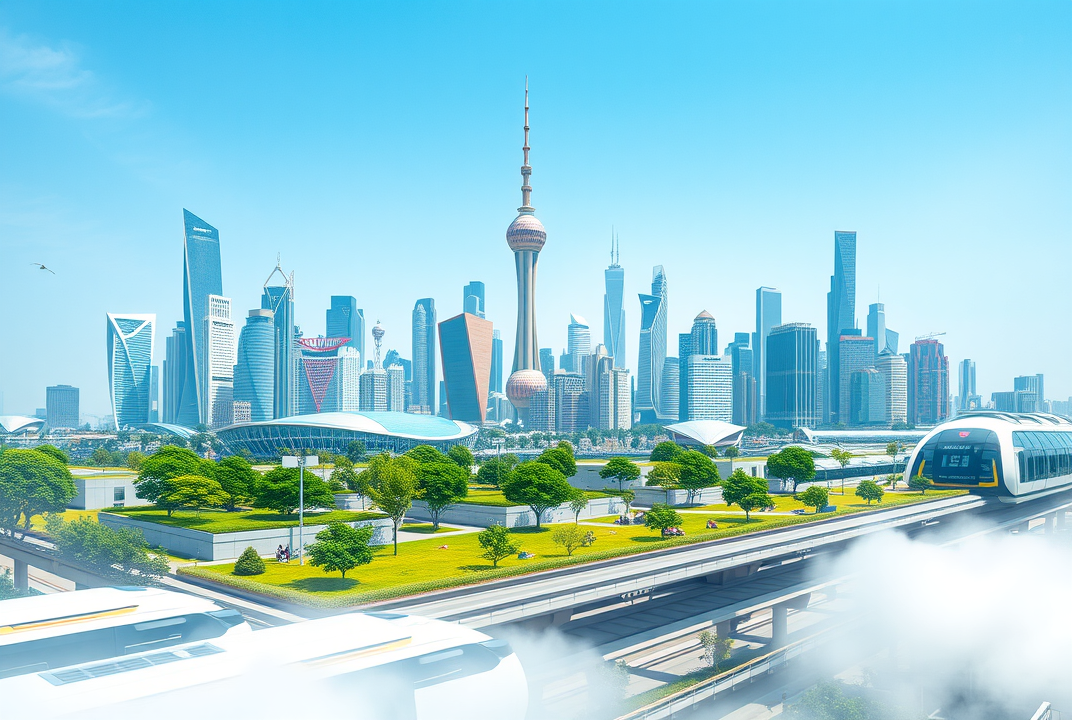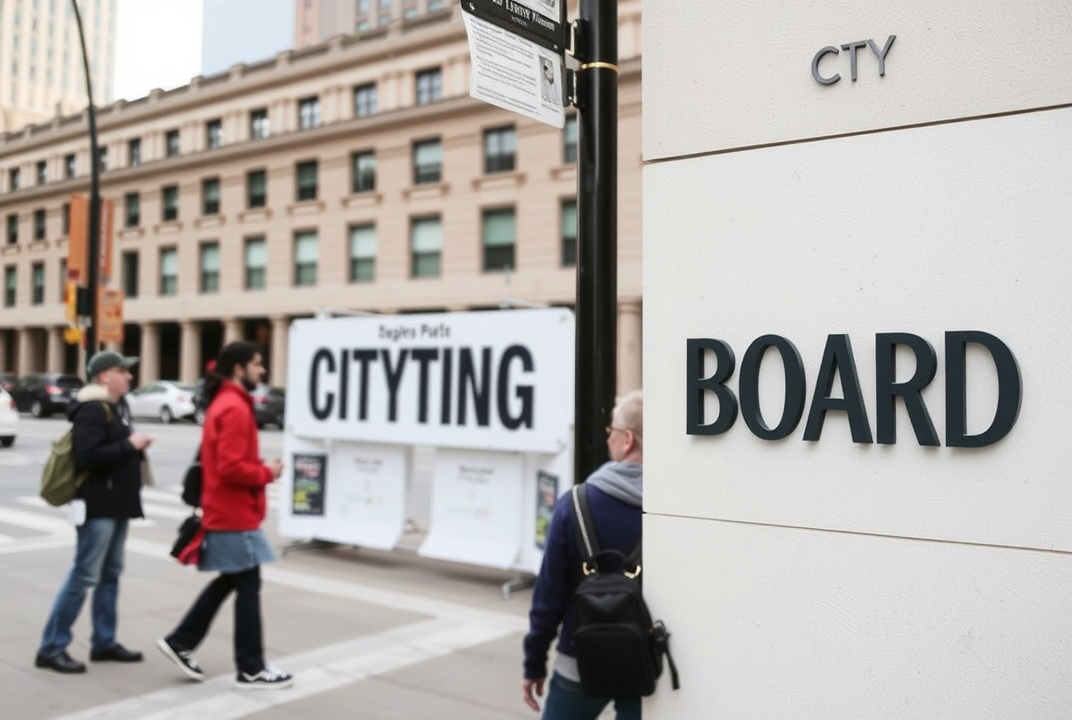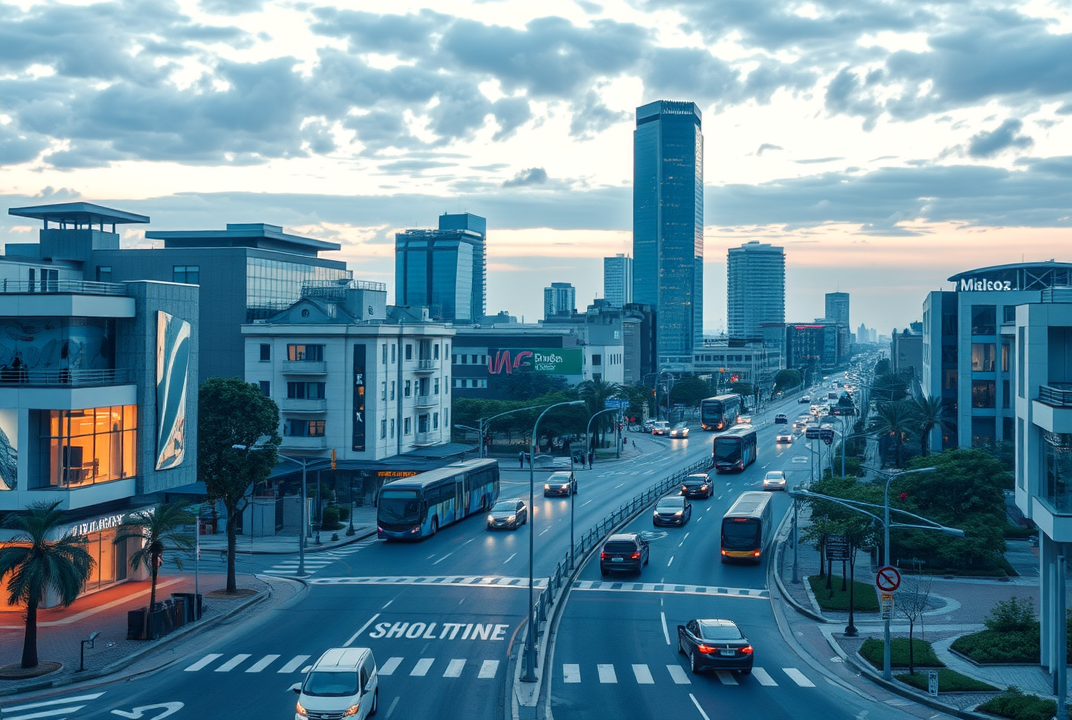Urban Planning for Sustainable Growth: Crafting Future Cities Today

Creating the Cities of Tomorrow: Urban Planning for Sustainable Growth
Have you ever wondered what the cities of tomorrow will look like? As populations soar and cities expand, urban planning becomes essential in crafting environments where communities can thrive. Our goal is to design spaces that cater to the needs of both present and future generations, ensuring sustainable growth and improving the quality of life.
The Importance of Urban Planning
Urban planning isn't just about building roads and skyscrapers—it's about envisioning a seamless blend of innovation, community, and sustainability. As we journey through this insightful discussion, you'll gain a better understanding of how integral urban planning is to ensuring our cities not only grow but also prosper.
What You Will Learn
Through this article, we'll dive deeply into the elements of urban planning, focusing on how cities can develop sustainably. We'll explore strategies in city development, identify challenges faced by urban planners, and uncover innovative solutions making strides today.
Understanding Urban Planning
Before we leap into strategies, it’s crucial to comprehend what urban planning entails. At its core, urban planning covers the strategic development of land, resources, and infrastructures to meet the needs of growing populations. It influences everything from transportation systems to housing developments, aiming for a balanced layout that integrates all the components of urban life.
Key Components of Urban Planning:
-
Land Use Planning: Aims to utilize land effectively while maintaining essential green zones.
-
Transportation: Involves creating efficient networks that minimize traffic and pollution.
-
Infrastructure Development: Locks infrastructure projects within sustainable parameters.
-
Environmental Impact: Evaluates urban plans to ensure minimal ecological disruption.

Strategies for Sustainable Urban Growth
Embrace Green Infrastructure
One critical aspect urban planners must focus on is the integration of green infrastructure. This involves constructing natural solutions to manage urban challenges. Green roofs, urban trees, and sustainable drainage systems help combat pollution, manage stormwater, and reduce urban heat.
Public Transport: The Backbone of Sustainable Cities
Effective public transport networks significantly reduce reliance on personal vehicles, lowering emissions and traffic congestion. Investing intelligently in eco-friendly public transit options ensures both convenience and environmental sustainability.
-
Trains and electric buses curb carbon footprints.
-
Bike-sharing programs promote healthy, low-impact commuting options.
-
Footpaths and pedestrian bridges enhance walkability.
Smart Cities: The Wave of the Future
Imagine living in a city that interacts with you! Smart cities utilize technology and data to optimize service delivery and improve citizens' lives. Leveraging IoT (Internet of Things) technologies, urban planners can make real-time decisions.
-
Use of sensors for efficient traffic control.
-
Smart grids to enhance energy use.
-
Apps that provide real-time data for public transportation.

Challenges and Solutions in Urban Planning
Tackling Population Growth
Why does population size matter? With the swelling numbers, cities face pressures on housing, services, and public spaces. Crafting adaptable urban frameworks that can scale with growth becomes paramount.
Balancing Heritage with Modernity
In sustaining growth, cities must blend preservation with new development. Protecting historical sites while encouraging urban growth creates a value-driven culture within cities.
Financial Constraints
Budgets can restrict how effectively urban plans are executed. Innovative finance models and public-private partnerships can alleviate this challenge, providing the necessary capital for sustainable ventures.
Case Study: Copenhagen as a Model City
Take a stroll through Copenhagen, a shining example of sustainable urban living. How did they do it?
-
Implementation of a comprehensive bike network cutting CO2 emissions.
-
Focused housing developments providing affordable yet green living spaces.
-
Extensive public transport options offering ease and eco-friendliness.
This city serves as an inspiring guide, demonstrating how strategic planning promotes sustainable growth.
Conclusion: Shaping a Sustainable Future
The essence of urban planning lies in its ability to mold the trajectory of city growth toward a sustainable, thriving future. Imagine urban centers that are liveable, environmentally friendly, and economically viable—not just for us, but for generations to come.
So what can you do today? Get involved in local urban planning discussions, advocate for more green spaces in your city, or support sustainable transport. Your voice matters, and together, we can build urban environments befitting their inhabitants!
Step into action! Let’s transform our cities into symbols of sustainable brilliance and become architects of change.

